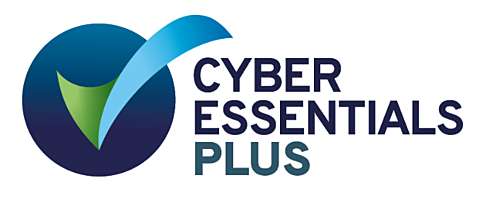How do schemes get the best from their administrator?
4 Aug 2021
The world of pensions administration has been through a rollercoaster over the past 18 months, but how do you ensure the performance of your administrator continues to meet the high standards you expect, and perhaps even more importantly how can you continue to oversee their performance in the future. We undertook some research into how Trustees and Sponsors approach administration oversight and, combined with our experience of supporting clients in this area, we have shared some key findings here.
Setting clear objectives
One essential element of good oversight of your administrator is ensuring both parties have a clear understanding of where the scheme is going and how it plans to get there.
Establishing your strategic objectives and including your administrator in that process, means your roadmap to endgame will become clearer. Not only will your administrator be able to provide wider market insight into what other schemes are doing, but they will also be able to provide you with an idea of how achievable your aims are in your specified timescale. Whether that is related to improving data, managing liability management exercises, or preparing for buy-in/ buy-out, your administrator should be able to add significant insight.
Sadly, our research showed that around one in four schemes did not feel their administrator was performing well for the scheme, it’s members or in line with their strategic objectives. When you have critical objectives to meet, you need to make sure you have the right partners supporting you.
Resourcing
A common issue for many schemes is securing the resource they need to tackle their administration workload. While Covid-19 and the absence of staff had caused some of these challenges, the current ways of working are unlikely to change quickly. As schemes continue to require increased levels of support from their administrator, their commitment to providing high quality resource is going to be key. If they are not delivering, there are alternative solutions available to support with some of the critical project work.
Around three in ten of our respondents indicated their administrator wasn’t adequately resourced and skilled to deliver BAU and project work. A similar one-third of the respondents felt their administrator did not have a good track record of delivering projects on time to an agreed quality and budget.
Maintaining an effective relationship
When working with schemes, we believe that a good starting point for an effective relationship is a common understanding of the scheme’s aims and objectives. It is vital that this relationship is maintained through regular meetings, between the right people from each party, where performance can be reviewed, and any issues identified can be openly discussed and resolved. While the majority of schemes we approached felt comfortable they had regular meetings with their administrator, only two in three of those had service levels that covered both quantitative and qualitative measures.
If you are not communicating regularly, and still rely on time-based SLAs as your only measure of performance, you are unlikely to be getting the best from your administrator. Routine discussions will help to ensure that your scheme members receive the highest quality service possible. Putting in place a range of service metrics, both backward (e.g. SLA and quality stats) and forward looking (e.g. the amount and competence of the resource available), reported back to you on a monthly or quarterly basis, will give you the tools to ensure that the service is delivering today, and an early warning about what might knock it off course in the future.
Identifying and addressing risks
Monitoring of risks around your administration and your administrator is essential to ensure issues are avoided and plans are in place to address any hazards on the horizon.
Just seven in ten of the respondents regularly discussed administration risks. Given the development of TPR’s single Code of Practice and the incoming IORP II requirement, risk management is becoming an even more vital part of a scheme’s responsibilities. This issue is not solely an administrative concern, schemes should be considering their risk management processes to ensure they are fit for purpose and are regularly reviewed. We are starting to help schemes prepare for this new regime, building on our experience of helping those schemes that have led the way in this area.


